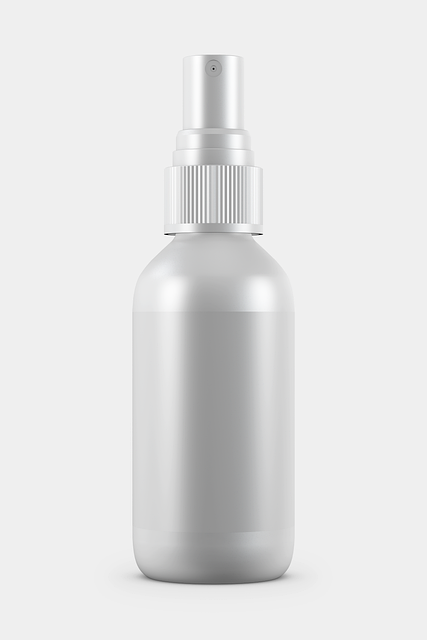In the high-risk field of medical aesthetics, comprehensive coverage for plastic surgeons is essential. Beyond traditional medical plans, this includes general liability, malpractice claims, and specialized policies addressing aesthetic enhancements. Robust insurance safeguards against patient dissatisfaction, unexpected complications, and legal issues, enabling surgeons to focus on delivering exceptional care while protecting their practices financially. Transparent communication about coverage for plastic surgeons builds patient trust by empowering informed decision-making and addressing financial concerns.
In the competitive landscape of plastic surgery, ensuring robust coverage is paramount. This comprehensive guide navigates the unique insurance needs of these specialized practices, offering insights into crafting tailored coverage for surgical procedures. From mitigating legal risks and malpractice claims to leveraging technology for streamlined documentation, this article equips professionals with strategies to protect their investments. By understanding patient concerns and effectively communicating insurance options, surgeons can build trust and enhance their practice’s reputation in the ever-evolving medical landscape.
- Understanding the Unique Needs of Plastic Surgeons
- Crafting Comprehensive Coverage for Surgical Procedures
- Protecting Practices from Legal Risks and Malpractice Claims
- Tailoring Insurance Policies to Specific Cosmetic Procedures
- The Role of Technology in Streamlining Claims and Documentation
- Building Trust with Patients: Communicating Insurance Options Effectively
Understanding the Unique Needs of Plastic Surgeons

In the realm of medical aesthetics, plastic surgeons face unique challenges and have distinct needs when it comes to insurance coverage. This specialized field demands comprehensive protection tailored to address the high-stakes nature of cosmetic procedures. Coverage for plastic surgeons should encompass a wide range of services, from general liability to cover potential malpractice claims, to specific policies targeting aesthetic enhancements, such as breast augmentation or facial rejuvenation.
Surgeons in this field often require coverage that extends beyond traditional medical insurance plans. Given the highly competitive landscape and varying patient expectations, they need robust protection to manage risks associated with different procedures, including complex surgeries, patient dissatisfaction, and unexpected complications. Adequate coverage ensures surgeons can focus on providing exceptional care while knowing their practice is protected against financial repercussions.
Crafting Comprehensive Coverage for Surgical Procedures

Comprehensive coverage for plastic surgeons is paramount to ensuring patients receive clear, detailed information about their procedures. This includes a thorough breakdown of what each surgical step entails, as well as potential risks and recovery times. By providing this level of transparency, practices can build trust with prospective clients and address common concerns upfront.
Effective coverage goes beyond simply listing procedures and costs. It should include high-quality visuals demonstrating before-and-after results, detailed descriptions of the patient experience from consultation to post-op care, and information on advanced technologies or techniques used. Tailoring this content to reflect the unique offerings and expertise of each practice can significantly enhance its online presence and attract a targeted audience seeking plastic surgery services.
Protecting Practices from Legal Risks and Malpractice Claims

Plastic surgery practices come with unique risks and responsibilities, making comprehensive coverage essential to protect against potential legal pitfalls. Adequate insurance is a cornerstone of any successful plastic surgery practice, as it provides financial safeguard in the event of malpractice claims or lawsuits. These claims can arise from various sources, such as complications during procedures, adverse reactions to anesthesia, or patient dissatisfaction with results.
Coverage for plastic surgeons should include general liability insurance to cover claims of bodily injury or property damage, as well as professional liability insurance (also known as malpractice insurance) to protect against errors or omissions that result in harm to patients. Additional coverage options may include excess liability insurance to provide extra protection above the practice’s primary policy limits and workers’ compensation insurance for employee-related claims. By securing robust coverage tailored to their specific needs, plastic surgery practices can mitigate risks, ensure patient safety, and maintain a solid reputation in their field.
Tailoring Insurance Policies to Specific Cosmetic Procedures

In crafting insurance policies for plastic surgery practices, tailored coverage is key. Each cosmetic procedure—from rhinoplasty to breast augmentation—carries unique risks and requirements. Insurers must carefully design policies that adequately address these nuances. Coverage for plastic surgeons should encompass not just general liability but also specific procedures’ complexities. This includes potential complications, rare adverse events, and the high-stakes nature of aesthetic enhancements.
Policies should be flexible enough to accommodate the evolving landscape of cosmetic surgery. As techniques advance and new procedures emerge, coverage must adapt. This ensures that practices are shielded from financial exposure during these periods of change. By offering specialized, tailored insurance for plastic surgeons, providers can focus on delivering quality care while knowing their business is protected.
The Role of Technology in Streamlining Claims and Documentation

The integration of technology has significantly revolutionized the way plastic surgery practices manage claims and documentation, bringing about a new era of efficiency and accuracy. Digital systems have streamlined processes that were once cumbersome and time-consuming, allowing practitioners to focus more on patient care. With coverage for plastic surgeons designed to support these advancements, practices can now easily capture and store patient data, including detailed procedures, medical history, and before-and-after images, all in a secure digital format.
This technological shift has led to faster and more precise claims processing. Digital documentation enables quick access to patient records, facilitating effective communication between surgeons, insurance providers, and patients. Moreover, advanced software can automatically generate detailed reports, reducing the risk of errors and ensuring that every aspect of a procedure is accurately represented. As technology continues to evolve, plastic surgery practices can further optimize their operations, ultimately enhancing patient satisfaction and outcomes.
Building Trust with Patients: Communicating Insurance Options Effectively

Building trust with patients is paramount in the healthcare industry, especially within the realm of plastic surgery, where personal choices and results carry significant weight. Effective communication about insurance options plays a pivotal role in this process. When discussing coverage for plastic surgeons with prospective clients, transparency is key. Patients appreciate clear explanations of what their insurance plans cover and the potential out-of-pocket expenses they might encounter. This includes outlining any deductibles, co-pays, and whether pre-authorizations are required for specific procedures.
By providing detailed insights into coverage options, plastic surgery practices can ensure patients make informed decisions. It fosters a sense of trust as patients feel heard and understood, knowing their concerns about financial implications are being addressed. This approach not only enhances patient satisfaction but also reduces the likelihood of misunderstandings or unexpected costs that could negatively impact the patient’s experience.
